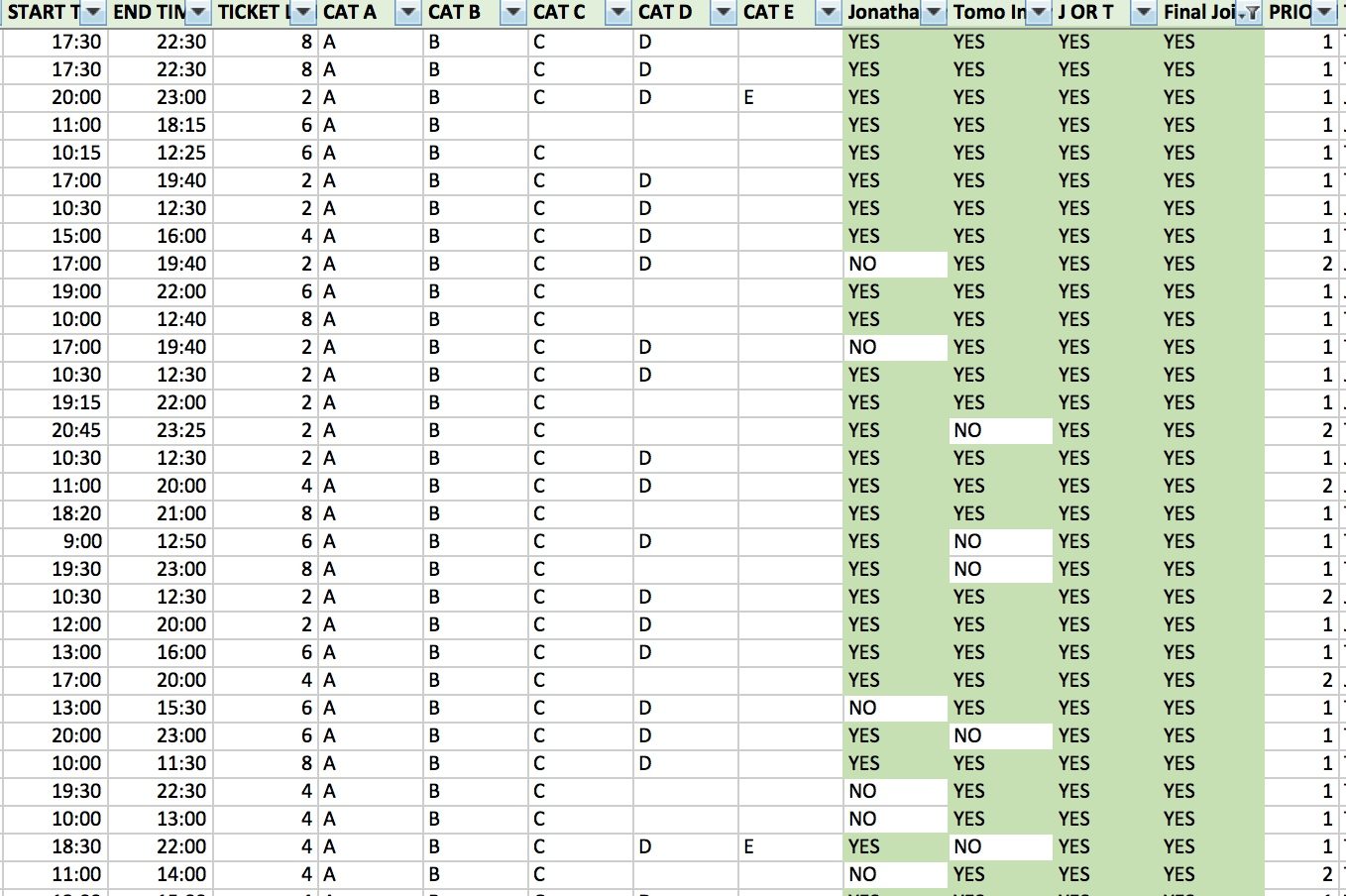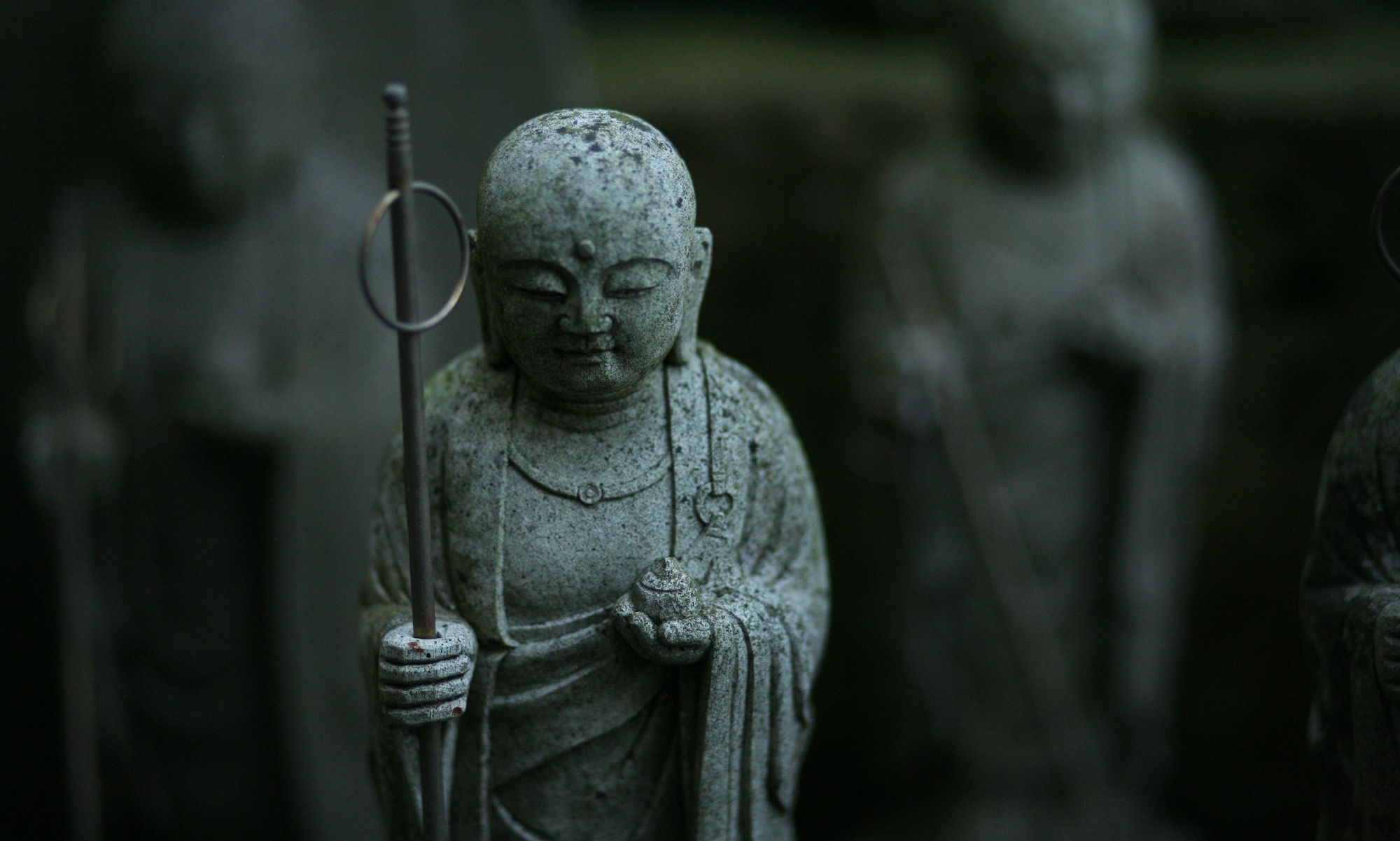The schedule for Tokyo 2020 was announced on April 16, 2019, with ticket sales in Japan via lottery starting on the 9th of May through the 28th of May. On May 17th, we took a little “staycation” in Hollywood and part of the plan was to develop our strategy for tickets and spend a few hours looking at the schedule and coordinating what we wanted.

Then we looked at the schedule. The schedule on the official website is cool, but not that easy for planning. The English website has the following table, where you need to drill down to get the details.

The US supplier of tickets provided a PDF of the schedule, which, when downloaded, was 78 pages. Here’s an excerpt of the CoSport PDF… note the header is only on the first sheet. Everyone knows to “repeat header.”


Clearly a “few hours” was not going to be enough. How would we coordinate this? We started writing down what we were interested in on a daily basis, and thought we’d go back and compare our notes to get a compiled list. In the early days of the competition period, the number of events is a lot. We also knew that any ticket request would have a low success rate, so we needed to choose multiple events and have a strategy on overlaps. It didn’t take long for us to realize that a quick review with notes was not going to work. I thought what every good engineer who occasionally has to manipulate data thought – Excel.
Around this time a British guy working for my French supplier on a project in the UAE introduced me to Notepad++. He told me it would change my life. Little did I know at the time how right he was. Converting a properly formatted table into PDF is not that hard, but this was not a well formatted table. Somehow, though, I was able to manipulate the PDF into an Excel spreadsheet with Notepad++ tools and some manual fixes. Thankfully this gave us a method of reviewing and strategizing.

I created a column for each of us to note whether or not we were interested in an event, then I was able to sort on those that one or both of us were interested in, then we jointly agreed on the tickets we would pursue, assigned a priority, and then designated whose application would request the ticket.

Then we applied that to our proprietary ticket purchase plan and started our journey. If we had “won” every ticket we requested, it would have been about $19,000. We knew we would not get every ticket. In the end, we didn’t come close. Tomo continues to monitor a site that announces ticket releases, and so we’ve been able to add events over time. Still no opening or closing ceremonies, but we will have plenty to make the trip worthwhile.
